Abstract Experiment in Kodachrome (1950)
Gênero : Animação
Runtime : 3M
Director : Slavko Vorkapich
Sinopse
This dazzling stop-motion animation provided Vorkapich with a forum to demonstrate complex perceptual theories related to the persistence of vision and phi phenomenon. The dance of objects and their movements before the camera lens–somewhat similar to Oskar Fischinger’s abstractions–illustrate many visual sensations playfully executed by Vorkapich.

Gus é uma nuvem cinzenta solitária e insegura que esculpe filhotes. Cada nuvem é responsável por esculpir um tipo de filhote, como de cachorro, gato ou bebê humano. Após esculpidos, as nuvens passam os filhotes para sua cegonha, que entrega para os futuros pais. O problema é que os bebês que Gus é responsável por esculpir, diferente de outras nuvens, são um tanto perigosos, como crocodilos, porcos-espinhos, entre outros. E a cegonha Peck, companheiro inseparável de Gus, é quem lida com a entrega desses filhotes. As criações de Gus são verdadeiras obras de arte, mas para Peck não são mais que um punhado de entregas. Á medida que as criações de Gus ficam mais “indisciplinadas”, o trabalho de Peck fica mais difícil. Como a cegonha vai lidar com o seu trabalho pavoroso e o temperamento de seu amigo Gus ao mesmo tempo? Faz parte da Coleção Pixar Curtas 02.

Soluço e Melequento competem e praticam captura de ovelhas para a Corrida de Dragão anual, o novo e oficial evento de esporte de dragões em Berk. No entanto, as lembranças da origem desta tradição divergem entre todos. Com isso, Astrid tenta recordar os acontecimentos de como e quem inventou a Corrida de Dragão.
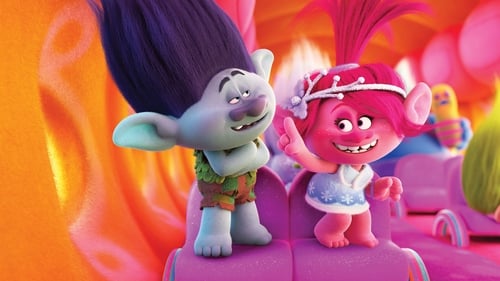
Quando descobre que os Bergens não têm mais feriados em seu calendário, a eternamente otimista Poppy, rainha dos Trolls, procura o auxílio de Branch e de toda a turma em uma missão deliciosamente estranha de consertar algo que os Bergens nem acham que está ruim! A música não para nunca com Trolls Dias de Festa da DreamWorks!

Se passando logo antes do emocionante epílogo do último capítulo da trilogia de filmes – e 10 anos depois do final de “Como Treinar o Seu Dragão 3” – “Como Treinar o Seu Dragão: Homecoming” começa com Soluço e Banguela compartilhando histórias de sua relação especial com suas respectivas famílias enquanto elas se preparam para o Festival Snoggletog.

Riley, agora com 12 anos, está em casa com os pais em San Francisco quando um problema em potencial chega: um menino aparece na porta.

Margo, Edith e Agnes encontram um caminhão de sorvete. Então as três vão atrás do caminhão, mas Agnes cai quando tenta pedalar até o caminhão. Os Minions, vendo ela tão chateada com isso, decidem construir para ela uma motocicleta temática, com Unicórnios. Agnes sai para um pequeno passeio pela cidade.
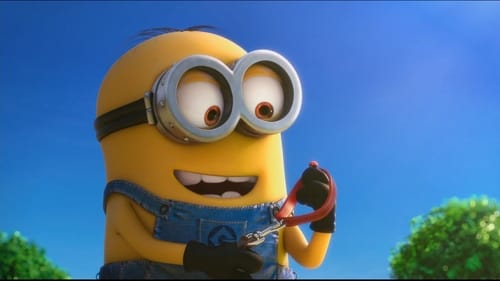
Um Minion, vendo muitos donos passearem com seus cachorros, quer um filhote também. Ele tenta arrumar uma joaninha, mas não dá certo. Felizmente o UFO que expulsa a joaninha, de alguma forma, concorda em se tornar um Bichinho de Estimação.
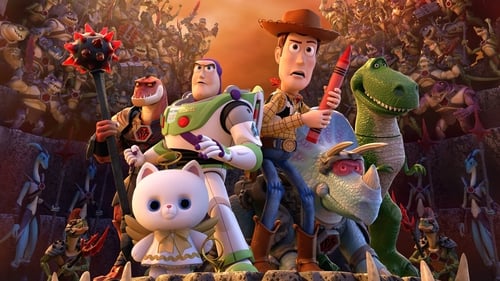
Em um dia de bricandeiras de Bonnie após o Natal, a galera se encontra em um território desconhecido ao perceber que os bonecos de ação superdivertidos, na verdade, são malucos. Para que os brinquedos voltem para o quarto de Bonnie, tudo depende de Trixie, a triceratops.

Dennis sonha em ter um cachorrinho e, claro que o Drac não resiste a este pedido.

É época de comemorar O Festival de Inverno e o panda Po é convocado pelo Mestre Shifu a sediar uma grande festa no Palácio de Jade para todos os mestres de Kung Fu, já que esta é uma das obrigações do Dragão Guerreiro. Só que todos os anos anteriores, Po havia passado as comemorações com seu pai, ajudando-o no restaurante. Sr. Ping, o pai de Po, fica chateado com a decisão do filho de atender o pedido de Shifu e não cancela o jantar que fará para os habitantes no vilarejo. Po se vê em conflito: cumprir com suas responsabilidades ou seguir a tradição familiar?
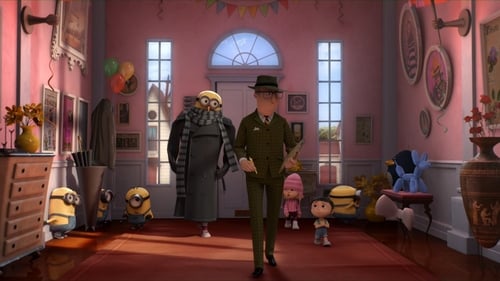
A assistente social está chegando à casa do Gru para verificar se ela é adequada para crianças. Margo, Edith, Agnes e os Minions decidem fazer uma reforma na casa para torna-la segura para crianças e assim evitar a volta ao orfanato.
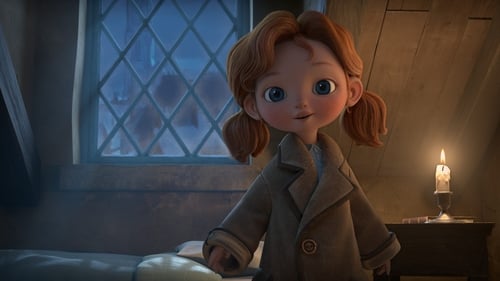
Na igreja com a família na Véspera de Natal, Angela tem uma ideia extraordinária. Um conto comovente baseado numa história de Frank McCourt.
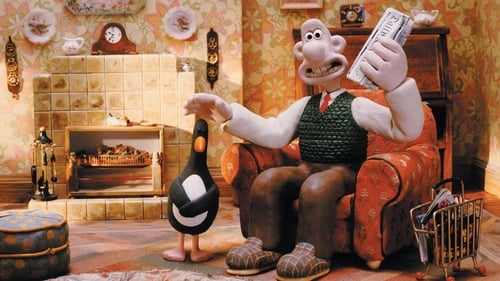
Primeiro curta de Wallace e Gromit a ganhar um Oscar de Melhor Curta de Animação, no qual Wallace e Gromit, com a ajuda das encrenqueiras Tecno-Calças da NASA ( Administração Nacional da Aeronáutica e Espacial ), tentam caçar um ladrão pingüim Feathers McGraw que roubou um diamante do Museu Principal.
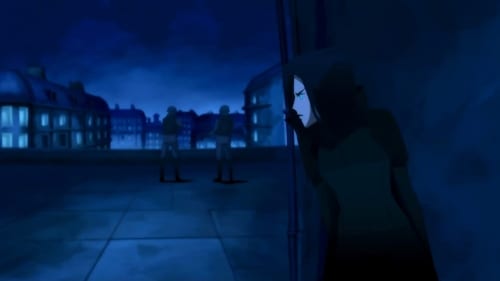
Segue Selene em 3 períodos distintos da história enquanto ela caça um grupo de irmãos lobisomens.
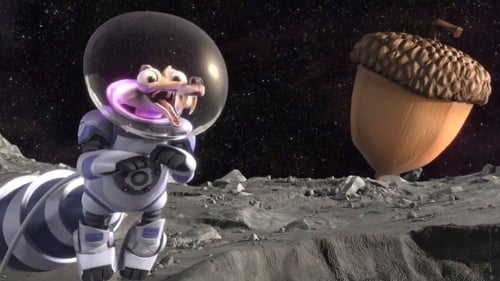
As consequências das trapalhadas de Scrat são sempre graves e, desta vez, ele cria a uma série de eventos cósmicos que abalaram abalarão a Era do Gelo.

É a primeira temporada de festas de fim de ano desde a reabertura dos portões e Anna e Elsa organizam uma festa para toda a Arendelle. Porém, quando as pessoas da cidade saem cedo da comemoração para desfrutar seus costumes próprios, as irmãs percebem que não possuem tradições familiares. No entanto, Olaf quer tentar mudar essa situação e trazer um Natal feliz para as meninas. Ele decide viajar pelo reino para trazer para o castelo as melhores tradições locais.
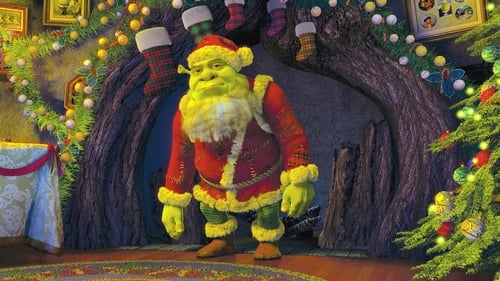
A árvore de Natal não é a única coisa verde neste novo clássico da época natalícia. Shrek está de volta e a tentar entrar no espírito de festa. Após prometer a Fiona e aos miúdos um Natal que eles recordarão, ele é obrigado a tirar um curso rápido no feriado. Mas mesmo quando ele pensa ter tudo certo para um calmo Natal de família, Burro, Gato de Botas, Biscoito e o resto da malta decidem aparecer na sua festa. A Todos Um Shrek Natal é o maior conto natalício jamais contado... até agora.

Rey, Finn, Poe, Chewie, Rose e todos os seus droides favoritos, de R2-D2 a BB-8 , estão reunidos para uma festa alegre no Dia da Vida.
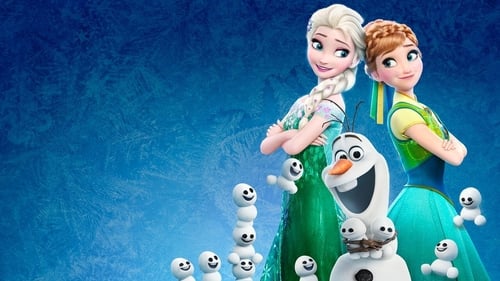
É aniversário de Anna. Elsa e Kristoff trabalham na preparação da maior festa de todos os tempos, mas a ansiedade da Rainha descontrola seus gelados poderes e coloca a celebração e todo o reinado em risco.

Experimental documentary film, set in the then-present day, about an impoverished, lost boy, living alone in the Bowery.

Long considered lost, The Assignation was Curtis Harrington's first color film. It was shot in Venice, Italy, and follows a masked figure through the labyrinthine canals of the city, building to a spectacular climax.

Two reels of mis-takes in shooting Part II of 3RD DEGREE. Film was loaded in camera improperly and the image slides about off-center and becomes blurred – creating some rather amusing and mysterious imagery. A made “found” object. —ubu.com

Stock footage edited with music to comment on American culture.

To the toccata portion of Bach's "Toccata and fugue in D minor," we watch a play of sorts. Blue smoke forms a background; a grid of black lines is the foreground. Behind the lines, a triangle appears, then patterns of multiple triangles. Their movements reflect the music's rhythm. Behind the barrier of the black lines, the triangle moves, jumps, and takes on multiple shapes. In contrast with the blue and the black, the triangles are warm: orange, red, yellow. The black lines bend, swirl into a vortex, then disappear. The triangle pulsates and a set of many of them rises.

Jay De Feo started painting THE WHITE ROSE in 1957. When the unfinished painting was removed eight years later it weighed over 2300 pounds.

“Riggs’s film poem conveys delight with his adopted hometown through a documentarian’s eye for significant detail, a lyrical sensitivity, and homespun humor. The film, too, serves as a chronicle of people and places of Santa Fe in the early 1930s, when it earned the epithet ‘Greenwich Village of the West.’” - William M. Butler

Depois da Segunda Guerra Mundial, um grupo de partizans vem ter com uma família burguesa para os ensinar a cantar e a declamar novas músicas. A família logo se esquece de seus antigos costumes e princípios.

In a European seaside village, a maiden takes clean sheets down from the clothesline. Carrying her basket of linens home, she stops to consult a fortune teller. The cartomancienne sees love in the cards. The young woman pauses to reflect. We then see water, swirling, and into view swims a man, as if just appearing on earth. He arrives on shore - is he just in her mind's eye, or is he real? She weaves a garland for her hair. Will they meet?

'Adventures of Jimmy' resolves its immature hero’s quest for “playmates” through a tongue-in-cheek narration that juxtaposes ironically with the images. We are told his family left him their whole estate, as we see a shack in the woods. The happy resolution is a joke on monogamy. It’s a straightforward story, the work of someone who wants to entertain with elegance and quiet subversion.
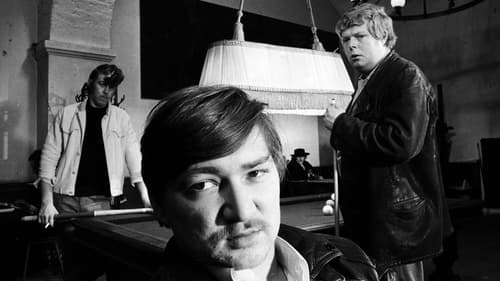
Ricky returns to Munich from Vietnam and is promptly hired as a contract killer.

A reworking of an earlier film, Institutional Quality, in which the same test was given. In the earlier film, the person taking the test was not seen, and the film viewer in effect became the test taker. The newer version concerns itself with the effects of the test on the test taker. An attempt is made to escape from the oppressive environment of the test — a test containing meaningless, contradictory, and impossible-to-follow directions by entering into the imagination. —Canyon Cinema

The title Horizontal Boundaries refers to frame lines- the boundaries between one image and the next on a roll of motion picture film. These lines, usually hidden by the projector gate, are revealed as subject matter and as a means of dividing the screen into as many as four very wide images, stacked one above the other. They represent many places, and a few people. My intent was to find ways to allow the images to interact in ways not usually possible. The track includes some Irish fiddle solos and intense recycled dialog.

Analogies: Studies in the Movement of Time uses a variety of multiple screen formats to create an intriguing series of visual riddles. The film consists of a series of simple camera movements that are rendered "diachronically"- several different aspects of the action are presented on the screen at once. By playing with time delays between these images, new kinds of space, action, gesture, and temporality have been found. Generated from structural principles, the film is both lyrical and sensual and provokes a new understanding of time and cinema.

Collage of dramatic scenes, some exaggerated to comic effect, with asynchronous sound from well known classic, operatic, and rock and roll music – with different approaches to love, suffering, and death.
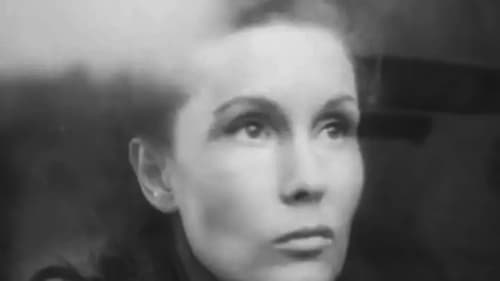
A woman waits for her husband, a woodcutter, during long lonely days. She becomes weary and leaves him to live with her sister. He takes the news with a look of resignation, but the next day she returns to wait for him again.

After a fight in their apartment, the story of a writer and a painter are divided. The writer is dedicated with his partner Manon to provoke continuous accidents in a field in which car carcasses abound. The painter is recruited to kill, through a poisoned picture, the old Arden to allow the latter's wife, Alice to live with her lover Mosbie.

A surrealistic nightmare inspired by an 1855 photographic portrait, in which the magic tricks of early cinema are used to eerie effect. Creepy and beautiful at the same time, it does not share platitudinous ways to frighten the audience with the vast majority of modern horrors. Countess di Castiglione is a really existed Italian courtesan famous for her beauty and wide acquaintanceship among the ruling elite of those times. She directed Pierre-Louis Pierson to help her create 700 different photographs in which she re-created the signature moments of her life for the camera. Robert de Montesquiou, a Symbolist poet, dandy, and avid art collector, was fascinated by the Countess di Castiglione. He spent thirteen years writing a biography, La Divine Comtesse, which appeared in 1913. After her death, he collected 433 of her photographs, all of which entered the collection of the Metropolitan Museum of Art.

This live-action short subject commissioned for the 75th birthday of German romantic composer Robert Schumann juxtaposes flowing water imagery with the piano playing of artist Nina Hanson.

Multi-faceted artist Phil Niblock captures a brief moment of an interstellar communication by the Arkestra in their prime. Black turns white in a so-called negative post-process, while Niblock's camera focuses on microscopic details of hands, bodies and instruments. A brilliant tribute to the Sun King by another brilliant supra-planetary sovereign. (Eye of Sound)
























